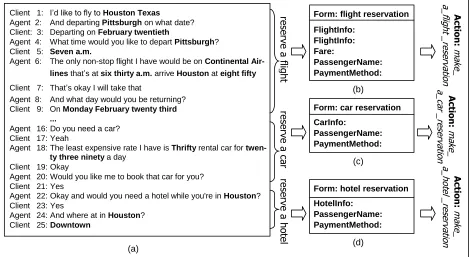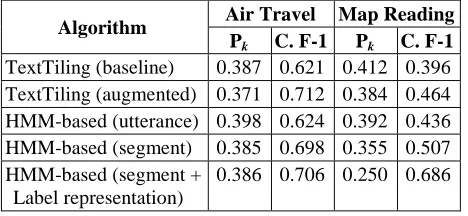Acquiring Domain Specific Dialog Information from Task Oriented Human Human Interaction through an Unsupervised Learning
Full text
Figure




Related documents
The rst case considered is that of classi cation using linear function classes that include the use of kernel functions such as those used in the Support Vector Machine...
Consistent with the genes analyzed in Figure 5, the PcGs are displaced from the activated HOXA1–5 gene loci during differentiation, while they are already bound to the HOXA7–13 genes
Furthermore, as total litter mass increases, energy intake and milk production of lactating females do not increase proportionally, and consequently body masses of young at
A new area of contrast enhancement observed on postcontrast T1-weighted images after glioma surgery should be interpreted in the context of the immediate postop- erative DWI, a
* Immediate is the immediate follow-up group in which angiogra- phy was performed within 1 month of surgery, and delayed, delayed follow-up group in which angiography was performed
The optimal downwind angle should just exceed the ants’ navigation uncertainty: a smaller angle, on the one hand, may occasionally lead the animals into the area upwind of the
(1996); 7, expression found only in female salivary glands; 8, expression enriched in female salivary glands; 9, expression in female salivary glands and in male mosquitoes but not
conductance is mainly due to Cl − channels since (a) when a sufficient range of voltages could be applied (without losing the seals), the whole-cell I/V curves were similar to